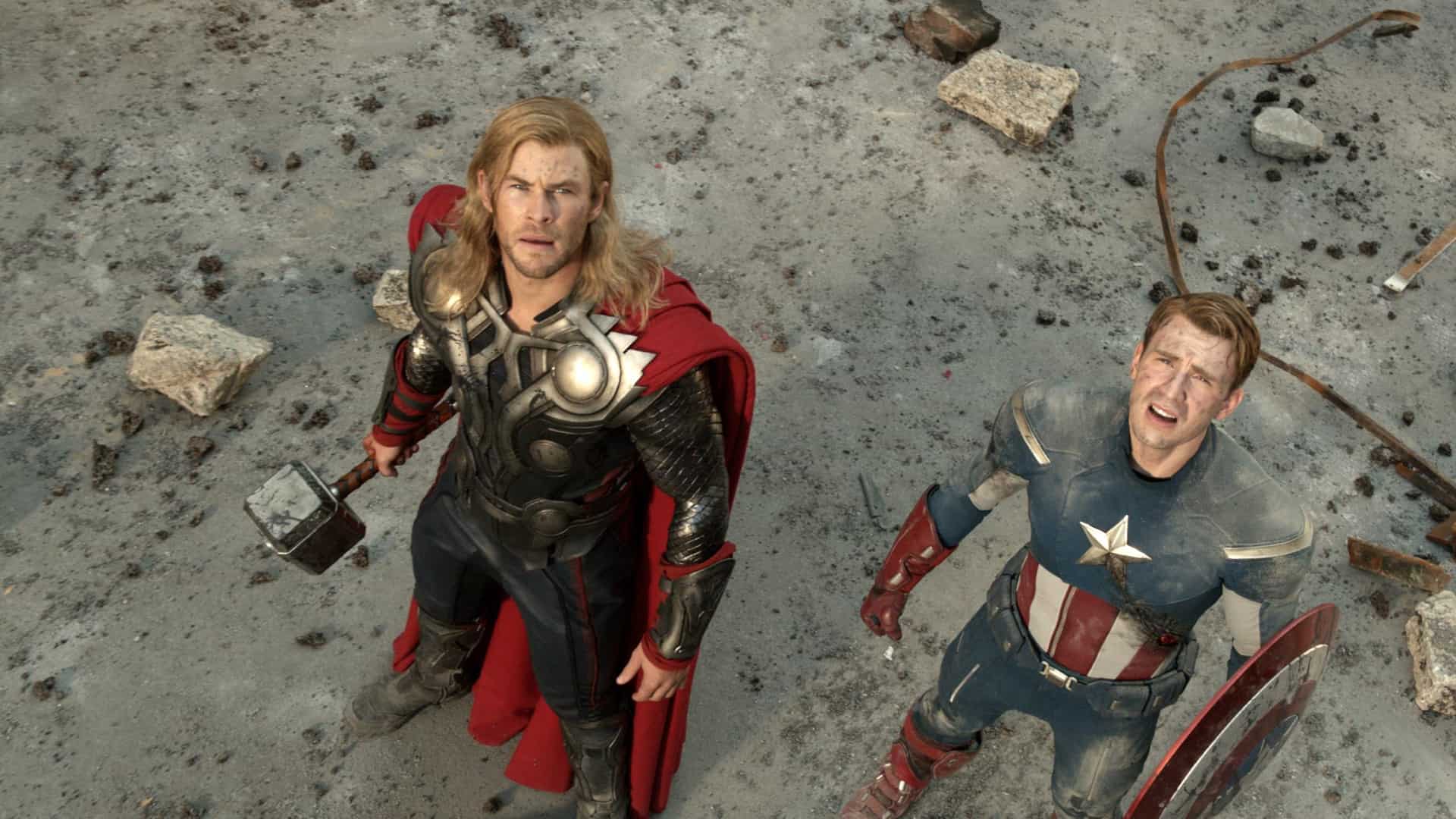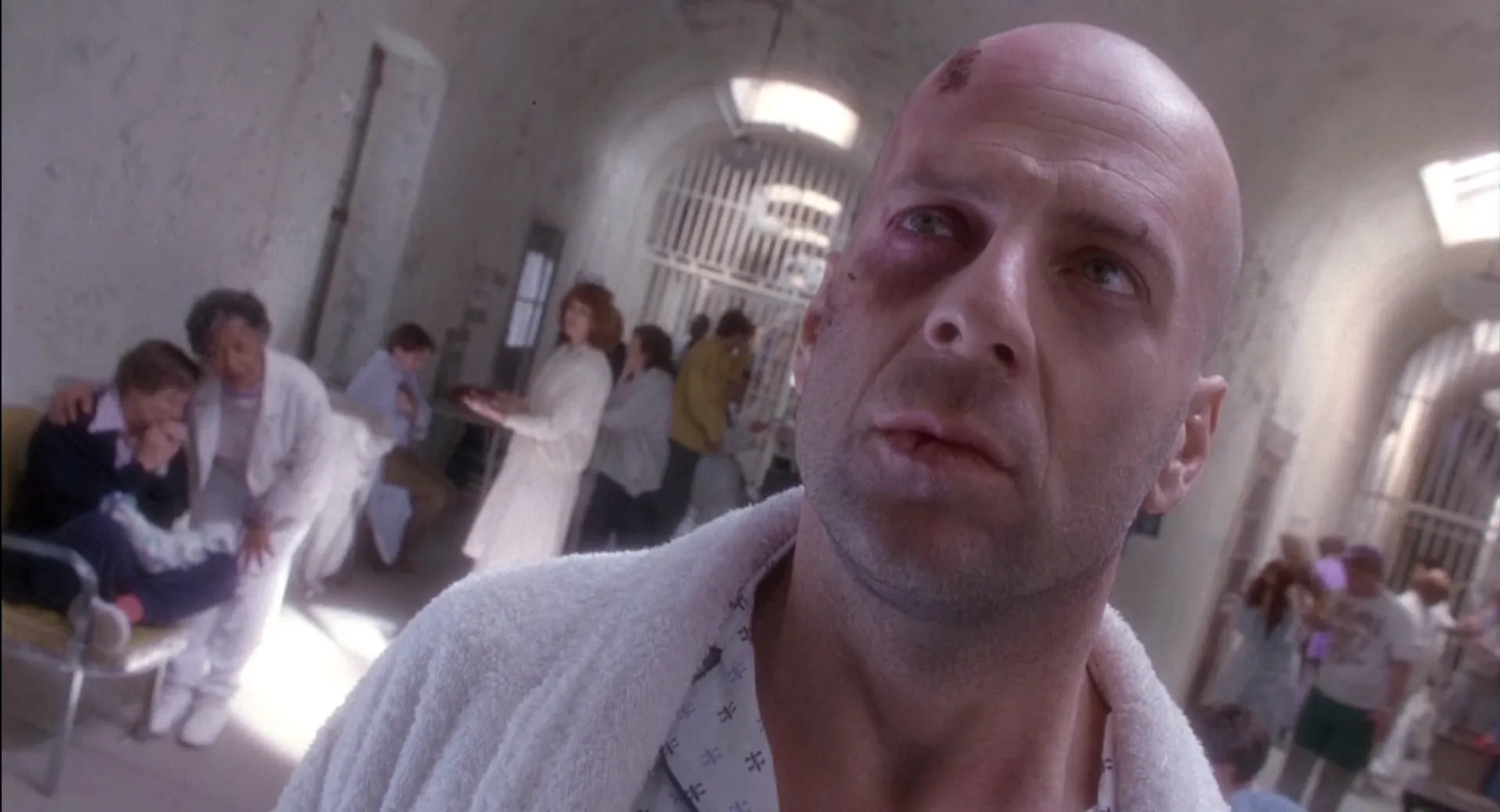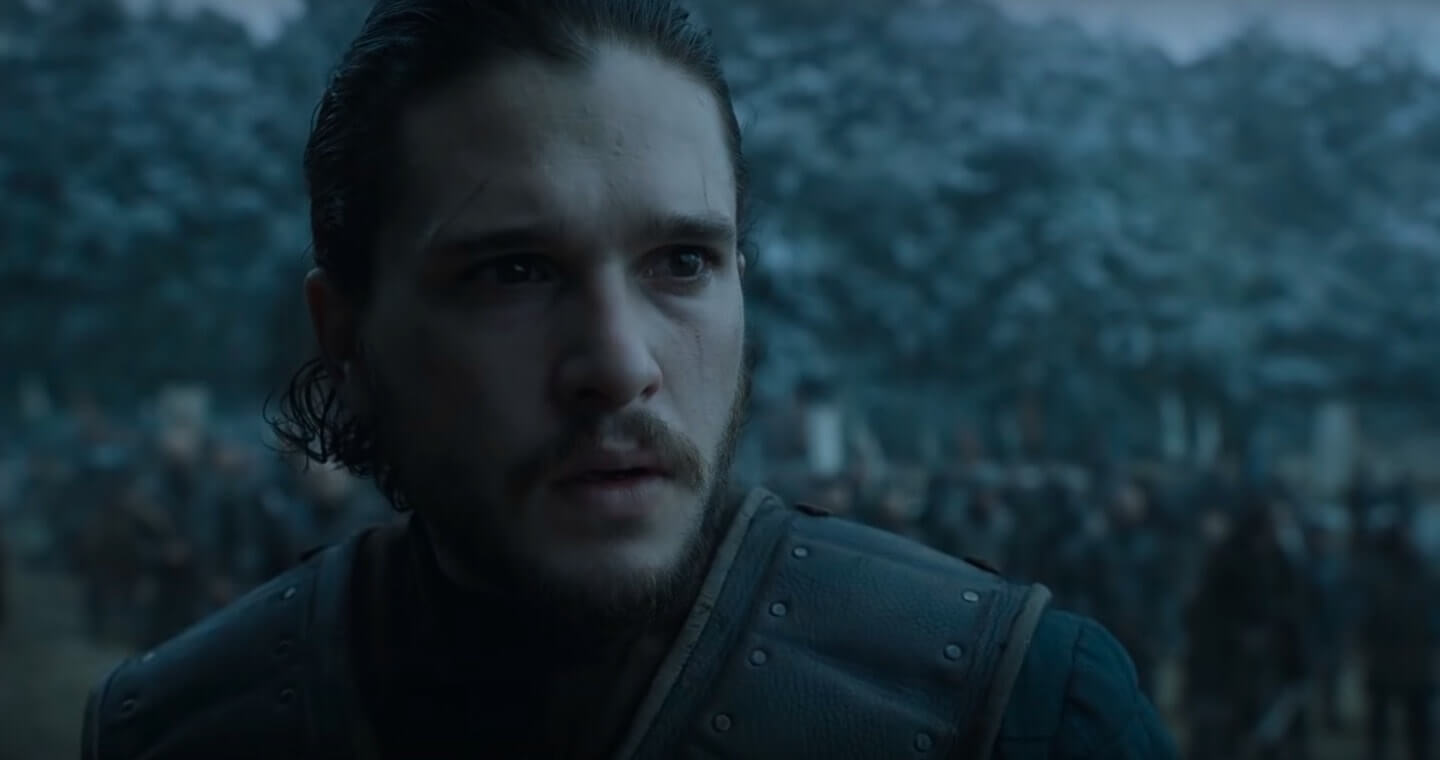Shot Types, Camera Angles and Camera movement
Shot Types:
There are 8 different shot types that can be used:
Extreme long Shots: Extreme close ups give a wide view of complete view of a setting or a landscape. the complete purpose of the shot is to give emphasis on the expanse of space. Extreme long shots are not designed to make characters the focus, in fact characters would be barely visible in these shots. An example of this shot is in Lord of the rings when Gandalf is riding on a horse and you get a full view of the city making Gandalf tiny in the shot
Long Shot: Long shots are closer than Extreme Long Shots but still show the complete scene. It can often be used to establish locations and in a long shot a person is clearly visible, fits into frame and you can clearly see gestures and facial expressions. An example of long shot is a scene from Pirates of the Caribbean:Dead mans Chest where Jack Sparrow is running from tribes people and the shot is wide enough that you see his facial expressions and how he is feeling as well as the rest of the shot including the tribesmen running after him
Medium Long-Shot: Medium long-Shot still gives great detail about the setting, characters viewed from the knew up. Medium Long Shot affords the audience a great view and understanding of characters in the shot giving them an understanding of their body language and relationships with other characters. An example of Medium Long-Shot is a shot of Clint Eastwood in The Good, The Bad and The Ugly. In this shot Clint Eastwood is the focus, you can clearly see his facial expressions and body language as well as gestures. However the audience have a clear understanding of the setting (Wild West) as even though it’s not the focus it’a still clear.
Medium Shot: Medium Shots are seen from the waist up, they allow a little space at the top of the frame for the head. Medium Shots clearly make the character the focus. Allowing for details, gestures and body language to become clear to the audience. An example of medium shot is this famous shot from Titanic. In this shot you can see that characters Jack and Rose are the focus of this scene. It
clearly emphasis the feelings of the characters as well as their facial expression, body language and gestures
clearly emphasis the feelings of the characters as well as their facial expression, body language and gestures
Close Up: A close up shows details of a characters clearly to the audience. It is used to show the greater details or features or to underline personality. In this example from smallville, A close up is clearly used as it shows that the character is the pure focus in the scene as any background or any other characters can not been seen from this shot. This close up also allows for the characters facial expressions and other details to be seen clearly


Big Close-Up: A big close-up is solely fixed on a characters face, showing emoticons and facial expressions as well as showing the social triangle which is a shot of the eyes and mouth. An example of a close up is from the 2018 hit Avengers Endgame. This shot of the villain Thanos is shown and the audience can clearly see details and feature of his face such as scratch marks and other finer details that you mightn’t have noticed. It also gives a clear understanding of how Thanos is feeling in this scene
Extreme Close-Up: Extreme Close-Ups magnifies tiny details which would not normally be visible to the human eye showing extreme details. An example of this is from Blade Runner where a reflection of space can be seen from the characters eyes. This type of detail is not normally visible from the human eye

Camera Angles:
Low Angle: Camera looking up- makes something look big, can give audience an idea on status
High Angle: Camera looking down- make something look small, shows status conflict
Ablique/canted angle: Camera on a tilt. Can give audience an understanding of a characters mental sate, physical state,emotions etc.
Eye Level: Camera level with characters eyes and face.
Camera Angles:
Low Angle: Camera looking up- makes something look big, can give audience an idea on status
High Angle: Camera looking down- make something look small, shows status conflict
Ablique/canted angle: Camera on a tilt. Can give audience an understanding of a characters mental sate, physical state,emotions etc.
Eye Level: Camera level with characters eyes and face.
CAMERA MOVEMENT:
Tilt: Moving the Camera up and down while keeping its horizontal axis
Pan: Moving the Camera from left to right/right to left while keeping its horizontal axis
Zoom: Making the shot closer or further away from an object or character
Pedestal: Moving the camera up or down without changing its vertical or horizontal axis.
Dolly: The Motion towards/from









Comments
Post a Comment